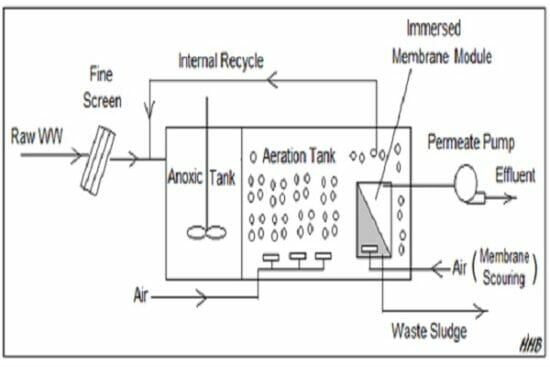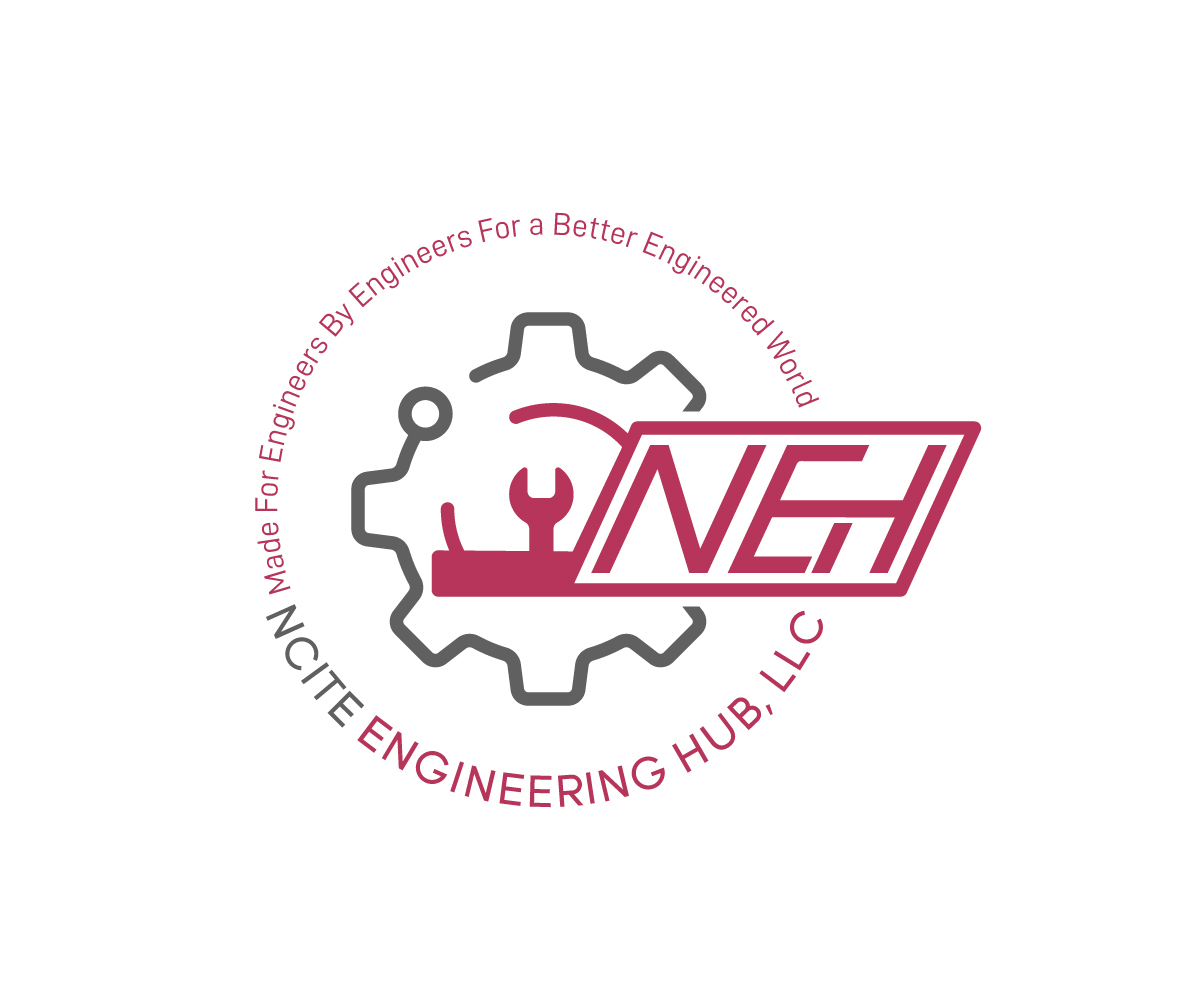- Home
- Product
- E - 1971 Biological Wastewater Treatment III – MBR Processes
E – 1971 Biological Wastewater Treatment III – MBR Processes
$50.00
The MBR (membrane bioreactor) process uses an aeration tank similar to those used in conventional activated sludge processes, combined with membrane filtration as a replacement for secondary sedimentation. This combination can produce a very high quality effluent, typically with a more compact reactor than conventional activated sludge, but requires a higher rate of aeration than conventional activated sludge in order to keep the membranes from fouling. The current typical MBR process configuration uses a membrane module submerged in the aeration tank.
This course includes discussion of process design calculations for the membrane module used in an MBR system, for an MBR aeration tank designed to provide BOD removal and nitrification, and for a pre-anoxic tank to go with an MBR BOD removal and nitrification system.
This course is intended primarily for civil engineers, environmental engineers, and chemical engineers. After completing this course you will be familiar with the general components and configuration of an MBR wastewater treatment process and be able to make typical process design calculations for an MBR process.
 E - 1816 Dos & Don’ts In Steel And Connection Design
1 × $80.00
E - 1816 Dos & Don’ts In Steel And Connection Design
1 × $80.00  E - 1443 OSHA: Ground-Fault Protection on Construction Sites
1 × $25.00
E - 1443 OSHA: Ground-Fault Protection on Construction Sites
1 × $25.00 
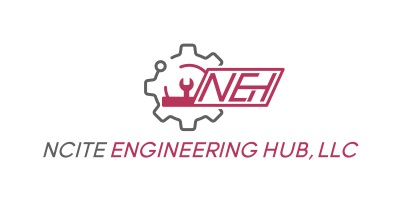
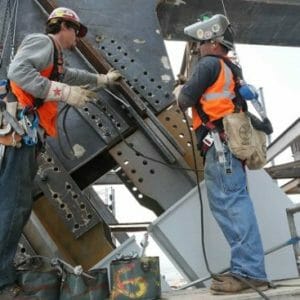 E - 1816 Dos & Don’ts In Steel And Connection Design
E - 1816 Dos & Don’ts In Steel And Connection Design 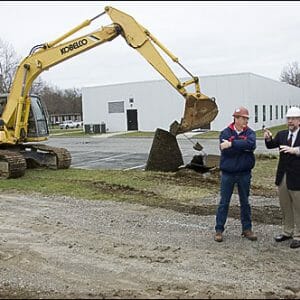 E - 1443 OSHA: Ground-Fault Protection on Construction Sites
E - 1443 OSHA: Ground-Fault Protection on Construction Sites 